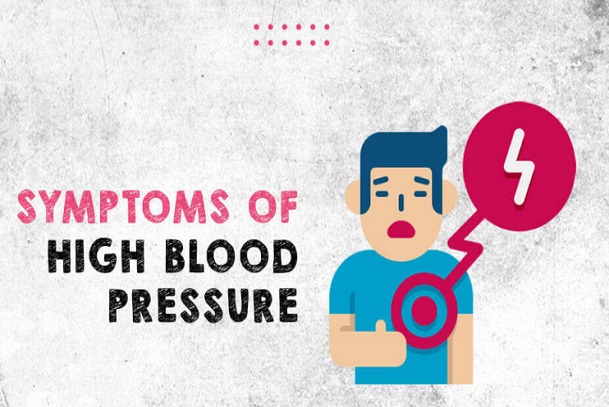 Wash your hands regularly and wear a face mask.
Learn more
Wash your hands regularly and wear a face mask.
Learn more

Hypertension or High blood pressure as it is normally called usually has no symptoms, which is why it is referred to as a “silent killer”. This means that an individual can have elevated blood pressure without him or her knowing until it gets to a critical stage. Nearly one-third of people who have high blood pressure don't know it. That is because high blood pressure does not have any symptoms unless it is very severe.
The only way to know for sure that one has high blood pressure is to measure the blood pressure. Doctors typically ask that the blood pressure of patients on admission. be measured twice daily – morning and evening.
People with high blood pressure may experience many of these symptoms, but they just as often occur in those with normal blood pressure.
People sometimes feel that other symptoms may be related to high blood pressure, but they may not be:
If any of these symptoms occur, it is important to see a doctor immediately. A person could be having a hypertensive crisis that could lead to a heart attack or stroke. Also, it could mean another serious health condition.
Most of the time, high blood pressure does not cause headaches or nosebleeds. But this can happen in a hypertensive crisis when blood pressure is above 180/120. If a person’s blood pressure is extremely high and has these symptoms, it is recommended that he/she rest for 5 minutes and check again. And once the blood pressure is still unusually high, then it is a medical emergency, visit the nearest hospital.
Once again, it is important to remember that high blood pressure does not usually have symptoms. So, people must get their blood pressure checked regularly. It is recommended that adults with normal blood pressure should get their blood pressure checked each year at routine medical check-ups.
If high blood pressure is diagnosed, the doctor might recommend that one monitors it more often at home. Also, recommend lifestyle changes along with medications to lower blood pressure.
Please note that if one does not experience the above symptoms, it does not mean the person does not have it as the most common side effect is that it has no symptoms. The best way to stay healthy is to check blood pressure regularly.
Measuring Blood Pressure
Having high blood pressure for a short time can be a normal response to many situations. Acute stress and intense exercise, for example, can briefly elevate blood pressure in an otherwise healthy person.
For this reason, measuring blood pressure can help show sustained high blood pressure over time.
These categories define blood pressure readings for adults: